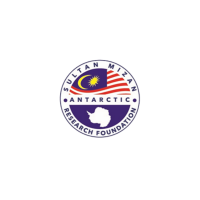The hotspots of isoprene over maritime Antarctic were then were investigated using NAME dispersion model reanalysis. Measurements showed that isoprene mixing ratio were the highest over region of King George Island, Deception Island and Booth Island with values of ∼5.0, ∼0.9 and ∼5.2 ppb, respectively. Backward trajectory analysis showed that air masses may have lifted the isoprene emitted by marine algae. We believe our findings provide valuable data set of isoprene estimation over the under sampled WCAP.
Data and Resources
| Field | Value |
|---|---|
| Subject Field of Research MRDCS 6th | Natural Sciences |
| Subject Socio Economic Objective MRDCS 6th | Environment |
| Publisher | |
| License | License Not Specified |
| Public Access Level | Public |
| Modified | 2019-12-02 |
| Release Date | 2019-12-02 |
| Identifier | 9bcbe593-9608-461f-b1f3-637200d358f0 |

